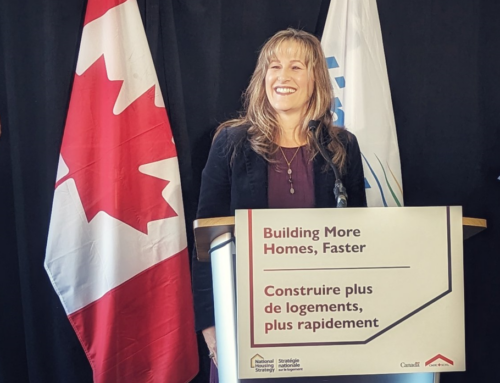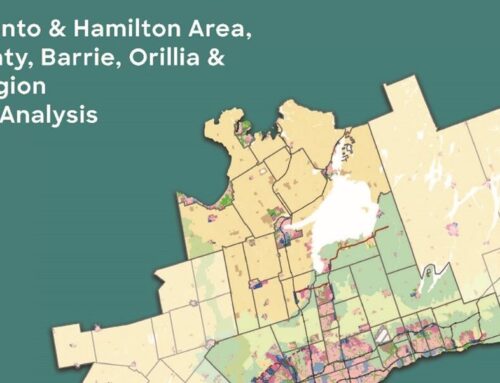By Mike Collins-Williams
Cities and towns decide on housing plans based on population growth forecasts. What could happen if said forecasts were inaccurate and the actual population numbers proved to be way higher than projected? Well, this is the exact scenario we are living through right now, as we find ourselves in the midst of a housing crisis where there are not enough homes available in either the new housing or resale market. Runaway costs are quickly pricing out families and the next generation of young Canadians.
A Forecast for Failure, the new report from the Smart Prosperity Institute written by Dr. Mike Moffatt, documents the failures that took place over the past decade, to accurately plan for the necessary amount of new housing to meet population growth. The result of such an inaccuracy is all too predictable with ever increasing housing prices and more young families looking to move to communities beyond the GTHA where housing that meets their needs is more attainable.
Lack of contingencies
Dr. Moffatt has found that outdated forecasts and a lack of contingency buffers in the Growth Plan for the Greater Golden Horseshoe (GGH) played a significant role in southern Ontario’s housing shortages. He finds that our forecasts underestimated population growth from international sources since 2016. In just five years, Ontario’s adult population grew by hundreds of thousands more than we planned for, each of whom needs a place to call home.
A stunning find is that the GTA and Hamilton’s population growth from international sources between 2016 and 2021 was more than 120,000 more than was forecast. In addition, during the same period, the size of the housing stock was overestimated by 26,000 units. Unless we solve this, it is likely that our future in terms of the cost of housing may look a lot like the recent past.

So why did past housing forecasts completely miss the boat? There were two big policy changes midway through the last decade. The first was in 2014 when the federal government made reforms encouraging more international students to come to Canada, and the second was in 2015 with the introduction of the express entry program for skilled immigrants. Furthermore, the 2020 Growth Plan forecasting update does not account for the significant increases in Canadian immigration targets set by the federal government as part of its post-pandemic recovery plan.
Chronic undersupply
As more young families and talent are looking for room to settle and grow, the need for balanced solutions to address the chronic undersupply of housing is critical. We need our cities to provide more choices, not less. We need accurate forecasting that builds in a contingency if population growth exceeds the original forecast, to avoid severely distorting the housing market like we are experiencing today.
Overall, municipalities need to stop constraining housing supply to ensure that we are planning for a full range of housing types to suit all our community’s needs. The only way we can meaningfully do this, is through better long-term planning that can balance supply and demand while building more housing of all types.






